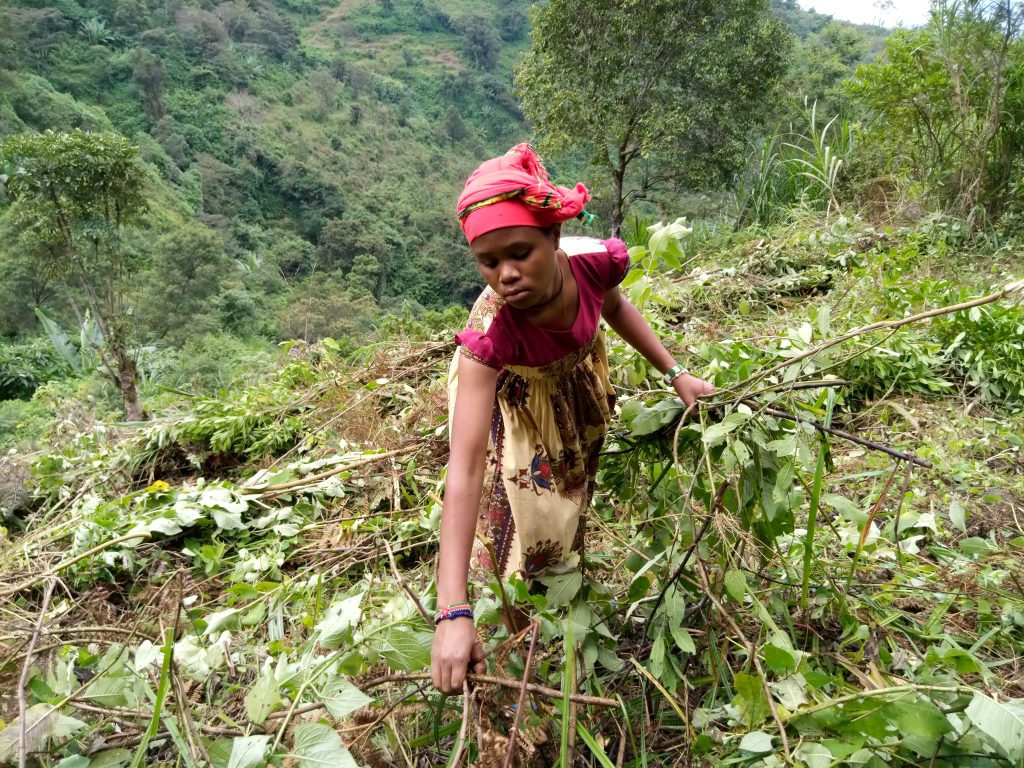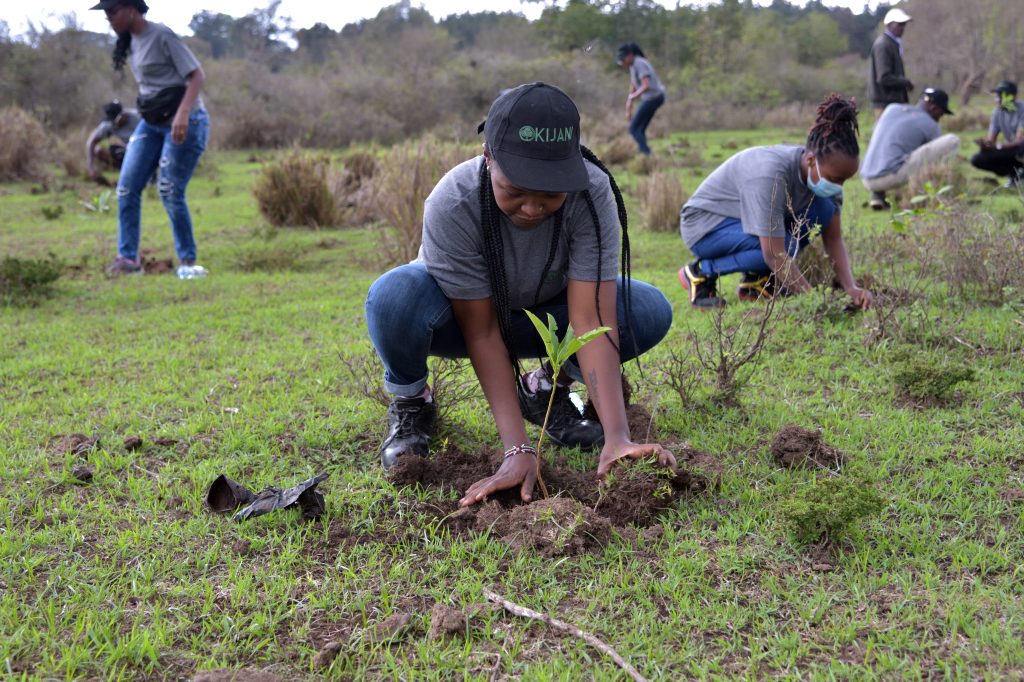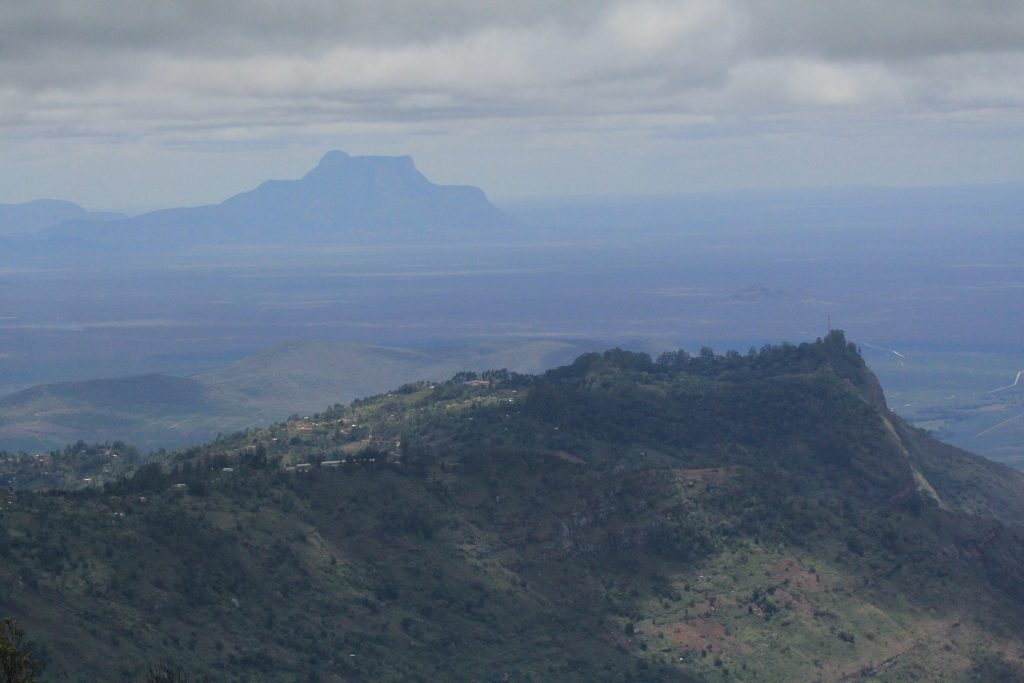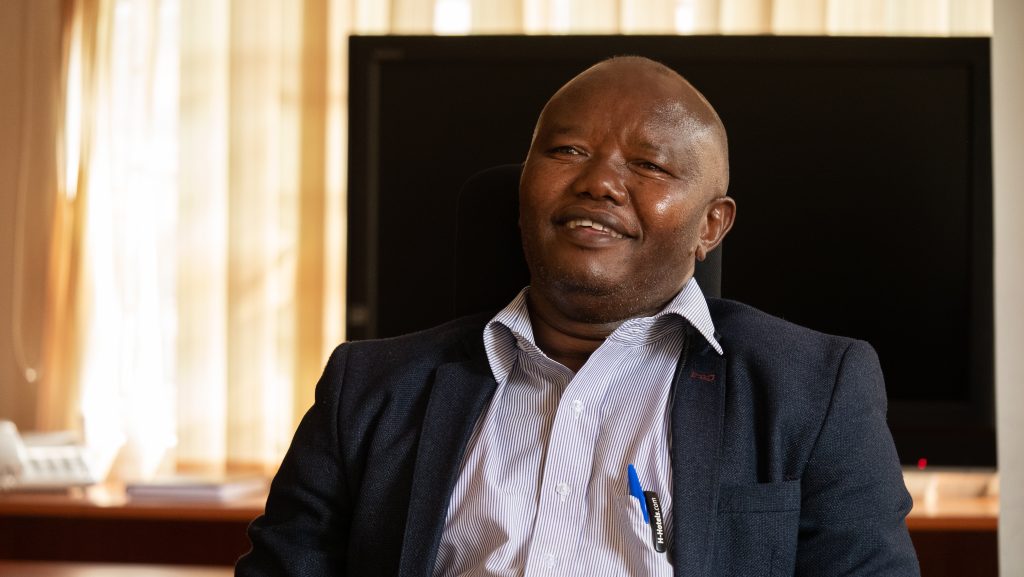Taking action to conserve Kenya’s forests

Nature Kenya is working with local communities to restore forests across Kenya through the Community Forest Associations (CFA) model.
By John Mwacharo
Forest cover worldwide continues to diminish at an alarming rate. According to Global Forest Watch, between 2001 and 2022, a total of 459 million hectares (Mha) of tree cover was lost globally, equivalent to a 12% decrease in tree cover since 2000. Further, the Food and Agriculture Organization (FAO) estimates that about 10 million hectares of forests disappear yearly, driven by agriculture expansion, mining, and logging, among other factors.
Statistics indicate that between 2015 and 2022, Africa lost about 4.4 million hectares of forests, mostly in the southern and eastern parts of the continent. According to data from Global Forest Watch, Kenya lost 50,700 hectares (Ha) of humid primary forest between 2002 and 2022, accounting for 14% of the country’s total tree cover loss over that period.
Over the years, BirdLife Partner Nature Kenya has been at the forefront of forest restoration in the country, underpinned by community-driven conservation approaches to secure a more sustainable and resilient future for Kenya’s precious forests. Nature Kenya’s forest landscape restoration work in 2023 targeted degraded forest areas nationwide. The Taita Hills forests, Mount Kenya forest, Aberdare Forest, Tana River Delta, Sabaki River Mouth mangrove forest, and Dakatcha Woodland were among the sites that benefited from this initiative, which saw the restoration of 2,200 hectares.
To realise this, Nature Kenya engaged 54 community groups and sought support from county governments, lead national government agencies such as the Kenya Forest Service and Kenya Forestry Research Institute, and corporations like Kenya Breweries Limited (KBL) and Coca-Cola Beverages Africa- Kenya. Through these initiatives, 100,000 indigenous trees were planted through partnerships with government agencies and 30,000 trees through corporate partnerships.
“In Mount Kenya, over 6,000 ha of forest area was identified to be in urgent need of restoration, reducing the quality of and quantity of water, biodiversity, and climate amelioration. Nature Kenya is collaboratively working with local Community Forest Associations to grow indigenous trees and creating linkages with partners like Kenya Breweries, Coca-Cola Beverages Africa – Kenya Limited, World Land Trust and BirdLife International to scale up the restoration initiative,” says Dr Paul Matiku, Nature Kenya’ Executive Director.

Enhancing local livelihoods and capacity
To ease pressure on forests for livelihood, Nature Kenya continues to support sustainable nature-based community enterprises like butterfly farming, beekeeping, ecotourism, and tree nursery establishment, among others. In 2023, communities living adjacent to the Arabuko-Sokoke and Taita Hills forests earned over 15 million KES ($ 110,000) from butterfly farming. In the same period, communities at various sites earned over 2 million shillings by selling tree seedlings. Nature Kenya also pays the communities to plant and care for the trees to supplement such earnings.
Janliza Maza, a 22-year-old woman living in Taita Hills, is a member of the Chawia Youth Group, one of the 13 constituent groups that make up the Dawida Biodiversity Conservation Group (DaBiCo) – Nature Kenya’s Site Support Group (SSG) in the Taita Hills Forests Key Biodiversity Area (KBA). In addition to participating in forest conservation activities under DABICO, Janliza is also involved in butterfly farming. Through the butterfly farming project, Janliza earns about KES 5000 ($36) monthly, thus supplementing her income.
“Chawia forest is our future. We can now contribute to its preservation and, at the same time, improve our livelihoods through butterfly farming. Previously, we used to go into the forest to get firewood, destroying it in the process. Now we are at the frontline of conserving it”, she says with a smile.
“Our indigenous forests were disappearing after being replaced by exotic ones, affecting our water supply. This is why we came together as women and started planting indigenous trees that are our heritage and make our environment better. Nature Kenya has really supported us on this,” notes Honorina Wache, the secretary of Iyale Angamiza Jangwa Seedling Group, an affiliate member of DaBiCo.
On the Eastern slopes of Mount Kenya lies the 4585.7 ha Kangaita Forest, another focal point of Nature Kenya’s conservation activities, restoration efforts are beginning to bear fruit through the Community Forest Associations (CFA) model.
“Today, I am a proud mother because I know my children’s future is green. I have led my community in planting 55,000 trees at Kangaita Forest since 2021 through support from Nature Kenya and partners. The trees are growing, and I am optimistic that the water volumes in the rivers within our catchment will increase and support agriculture, a major economic activity in this region,” says Jane Wanjiku Ndinji- Chairperson of Kangaita Community Forest Association.
“Our bottom-up approach in tree growing ensures ownership from the grassroot. We train communities in nursery establishment and management and support them with certified tree seeds, tubings and other nursery implements. In addition, we purchase tree seedlings from them, engage them in hoeing, planting, weeding, and protecting planted trees to reach maturity,” says Paul Gacheru, the Species and Sites Manager at Nature Kenya.

In recognition of the local communities’ role, Nature Kenya works to enhance their participation in forest conservation through capacity building. In February 2024, Nature Kenya supported developing and reviewing Forest Management Plans for 12 Community Forest Associations (CFAs). This support ensures communities have a voice in managing their forests and promotes sustainable practices that balance conservation and livelihood needs. Further, Nature Kenya partnered with the Kenya Forest Service (KFS) to convene a national dialogue for CFAs. This dialogue developed a national action plan for mainstreaming restoration into participatory forest management, incorporating local perspectives and expertise in forest management.
“Our Participatory Forest Management Plan (PFMP) for 2018- 2023 targeted 256 Ha of degraded forest for restoration. I am happy to report that with support from Nature Kenya and other partners, we have rehabilitated 275 Ha. This has surpassed our target for the five years. The trees are growing and are well established in some areas“, says Wilson Thige, Chairperson of Hombe CFA in Mount Kenya.
In Dakatcha Woodland, in Southern Kenya, Nature Kenya supported communities in establishing eight Indigenous Community Conserved Areas (ICCAs) covering 32,000 acres. The ICCAs in Dakatcha are communal forested land designated for biodiversity conservation. This innovative approach empowers local communities to become stewards of their natural heritage
Advocacy and policy review
Nature Kenya continues playing a key role in advocacy to safeguard forests. In 2023, Nature Kenya provided an objection to the Environmental and Social Impact Assessment (ESIA) study report for the proposed construction of a road traversing the ecologically important Aberdare Forest Reserve in Central Kenya. Expressing concerns about the issuance of an Environmental Impact Assessment (EIA) license by the National Environmental Management Authority (NEMA), Nature Kenya’s efforts have catalysed the Conservation Alliance of Kenya to appeal with the National Environment Tribunal, emphasising the need to protect this ecologically significant region. In addition, Nature Kenya objected to the Ministry of Environment, Climate Change, and Forestry’s decision to lift a logging ban in the country.
“With the Kenya government pledging to restore 5.1 million ha of forest by 2030, the tree planting opportunity is vast and requires everyone’s support. There is enough work for everybody,” concludes Dr Matiku.
Header Image: A community member engaged in forest restoration activities in Taita Hills © Gilbay Obunga

“Nature Kenya is collaboratively working with local Community Forest Associations to grow indigenous trees and creating linkages with partners”
Dr Paul Matiku, Executive Director, Nature Kenya